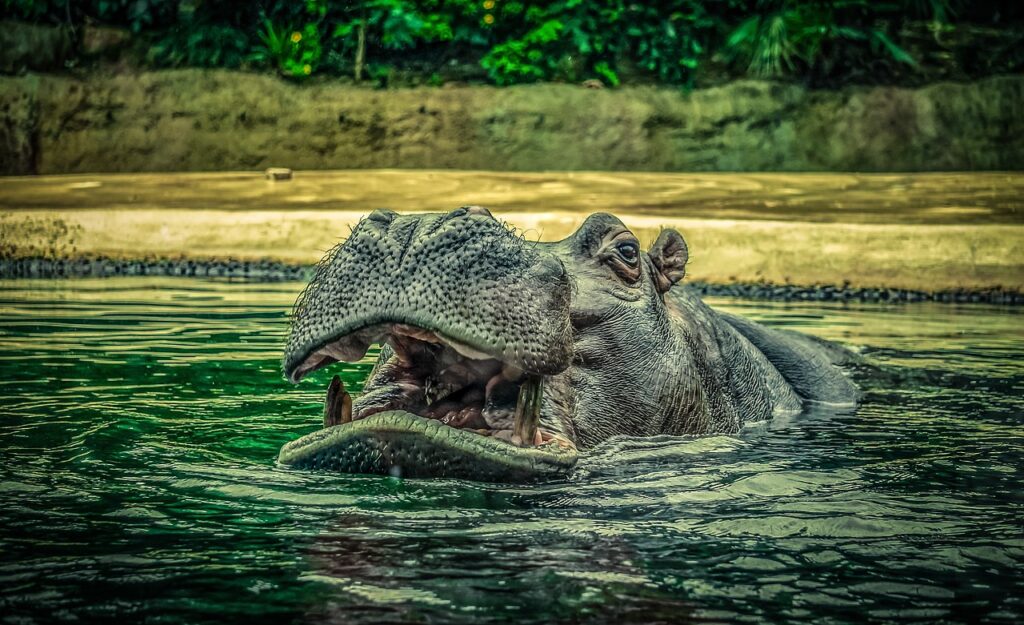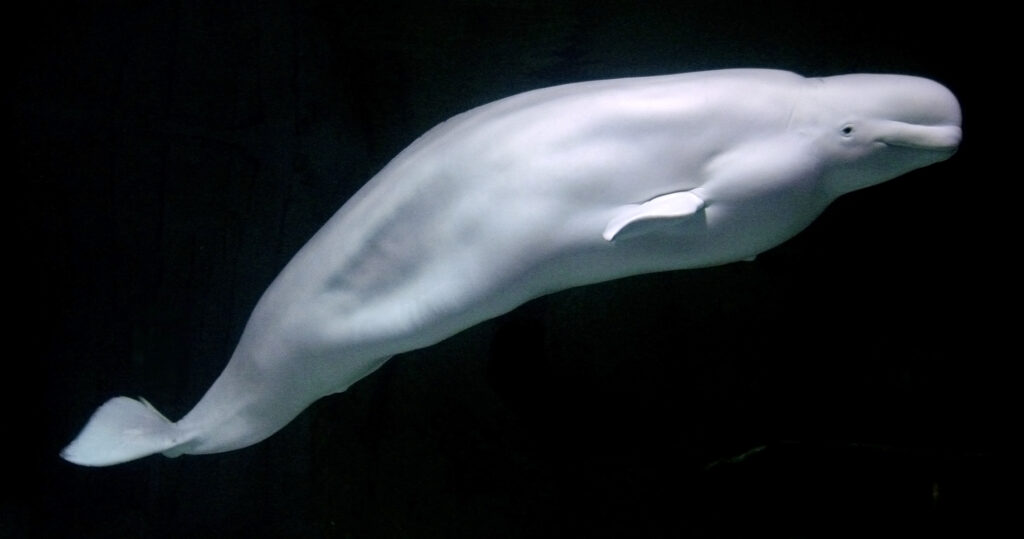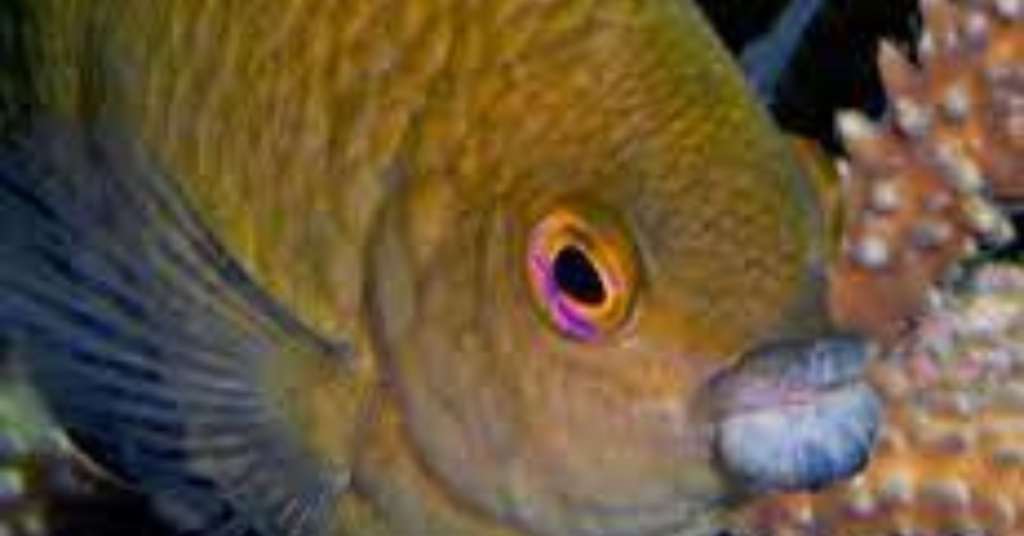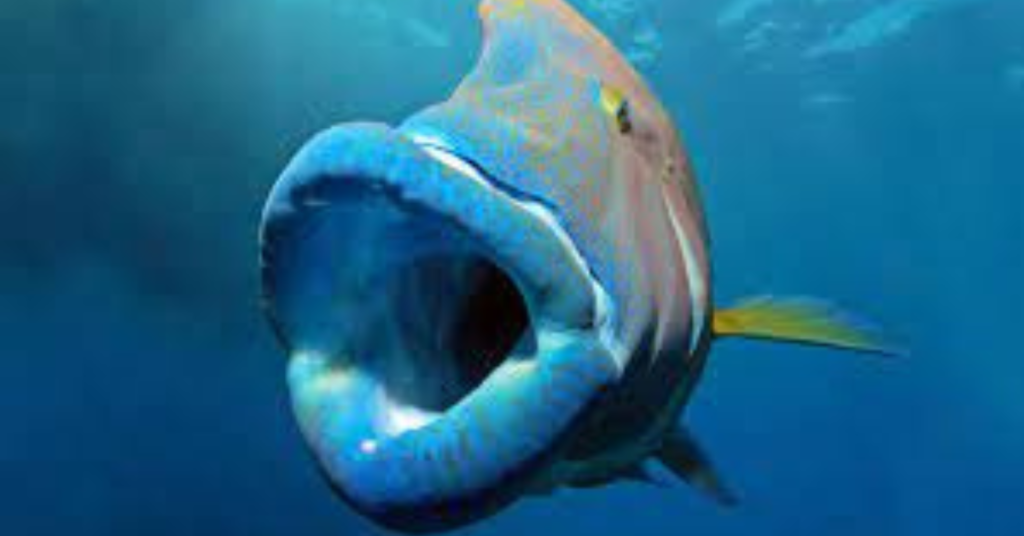Welcome to our article on the top animals with big lips.
In this exploration of nature’s diversity, we delve into the remarkable features and functionality of the lips possessed by these fascinating creatures.
From camels’ robust upper lips, specially adapted for consuming thorny vegetation, to hippos’ massive lips, serving as teeth to protect their formidable jaws, and beluga whales’ versatile lips used for grabbing, chewing, and producing sounds, we uncover the intriguing world of these remarkable animals.
Join us on this scientific and informative journey, complete with captivating pictures and examples.
Key Takeaways
- Camels have advanced lips, allowing them to eat thorny food and play a significant role in camel shows.
- Hippos have tough lips that act as teeth, enabling them to grasp and pull on grasses and rip out hard plants from the ground.
- Beluga whales have useful lips for grabbing, chewing, producing facial expressions, and making various sounds.
- The big-lip damselfish and Napoleon fish have large lips that provide protection and serve unknown purposes respectively.
Camels

Why do camels have advanced lips and what role do they play in their lives?
The importance of camel lips in desert adaptation cannot be understated. Camels, with their thick and hardy lips, are able to consume thorny food that other animals would avoid. This adaptation allows them to survive in arid environments where food sources may be limited.
Furthermore, the unique structure of their lips, with the upper lip slit in two, enables them to efficiently grasp and manipulate vegetation.
It is worth noting that there are two main species of camels: the dromedary camel, which has a single hump, and the bactrian camel, which has two humps. While both species possess advanced lips, further research is needed to determine any differences in their lip anatomy and function.
Hippos

The importance of their lips in their lives is evident as hippos, known for their massive mouths, possess tough and non-soft lips that enable them to grasp and pull on grasses, acting as teeth and protecting their large mouths and massive teeth. Hippos need these big lips to rip out hard plants from the ground, making their lips a crucial tool in their feeding habits. Furthermore, their lips serve a unique role in safeguarding their massive teeth. The table below provides a summary of the key discussion ideas regarding hippos’ lips:
| Discussion Ideas |
|---|
| The importance of hippos’ lips in their feeding habits |
| The unique role of hippos’ lips in protecting their massive teeth |
Hippos’ lips are not only essential for their survival but also fascinating in their functionality and adaptability.
Beluga Whales

Continuing the exploration of animals with big lips, the focus now shifts to Beluga Whales, known for their useful lips in grabbing, chewing, and producing facial expressions.
Beluga whales possess a unique set of lips that enable them to perform a range of functions. Their lips can be formed in an ‘O’ shape, reminiscent of the human expression of astonishment. This ability allows them to communicate and create a diverse array of vocalizations.
Beluga whales’ facial expressions are remarkably human-like, further emphasizing their social behavior. These intelligent creatures use their lips to convey emotions and engage in social interactions.
Not only do their lips serve as a means of communication, but they also aid in feeding, as they are adept at capturing and manipulating prey.
Beluga whales truly exemplify the significance and versatility of large lips in the animal kingdom.
Big-lip Damselfish

One notable animal with big lips is the big-lip damselfish. This unique fish species has lips that are almost as large as its face, making it impossible to miss when it comes to lips in the marine world.
Here are three fascinating facts about big-lip damselfish and their use of their lips for feeding:
- Protection: The big-lip damselfish uses its large lips to provide protection from cutting and scratching when feeding on Acropora corals. These corals have sharp branches and the fish’s strong lips act as a shield against potential injuries.
- Habitat: The big-lip damselfish is found in the Indian Ocean and the Pacific. It prefers to inhabit areas with coral reefs where it can find suitable food sources and shelter.
- Endangered Status: Currently, there is no information available regarding the endangered status of big-lip damselfish. Further research is needed to determine the population and conservation status of this unique fish species.
Napoleon Fish

Moving on to another animal with notable lips, the Napoleon Fish stands out as the fish with the largest pair. Weighing up to 370 pounds and found on Africa’s east coast and the mouth of the Red Sea, the Napoleon Fish is an impressive creature. While the purpose of their lips is yet to be confirmed, it is suspected that they use them to suck up smaller fish.
As for their feeding habits and diet, Napoleon Fish primarily consume a variety of fish, invertebrates, and mollusks. However, the Napoleon Fish is currently facing significant conservation challenges and is listed as an endangered species. Rapidly declining numbers are linked to overfishing and habitat destruction.
Efforts to protect and conserve these magnificent fish include establishing marine protected areas and implementing sustainable fishing practices. Conservation initiatives are crucial to ensure the survival of the Napoleon Fish for future generations.
Frequently Asked Questions
How Are the Lips of Camels Different From the Lips of Other Animals?
The lips of camels differ from those of other animals in their advanced structure. With a split upper lip and thick, hardy texture, camels’ lips enable them to consume thorny food and play a significant role in judging in camel shows.
What Is the Purpose of the Big Lips of Hippos?
The purpose of the big lips in hippos is to grasp and pull on grasses, as well as to act as teeth, covering their large mouths and protecting their massive teeth. The lip structure in hippos is tough and not soft like human lips.
How Do Beluga Whales Use Their Lips to Communicate?
Beluga whales use their lips for communication through a combination of vocalizations and lip movements. They can form their lips in an ‘O’ shape, similar to human pronunciation of ‘wow.’ Their facial expressions and movements are remarkably human-like.
Are There Any Other Marine Animals With Large Lips Besides the Big-Lip Damselfish?
There are several other marine animals besides the big-lip damselfish that have large lips. These unique adaptations are found in creatures such as the parrotfish, angelfish, and pufferfish, which utilize their lips for various feeding and protective purposes.
What Is the Biggest Threat to the Population of Napoleon Fish?
The biggest threat to the population of Napoleon fish is overfishing and habitat destruction. Overfishing leads to a decline in their numbers, while habitat destruction disrupts their breeding and feeding grounds, further endangering this already declining species.

Erzsebet Frey (Eli Frey) is an ecologist and online entrepreneur with a Master of Science in Ecology from the University of Belgrade. Originally from Serbia, she has lived in Sri Lanka since 2017. Eli has worked internationally in countries like Oman, Brazil, Germany, and Sri Lanka. In 2018, she expanded into SEO and blogging, completing courses from UC Davis and Edinburgh. Eli has founded multiple websites focused on biology, ecology, environmental science, sustainable and simple living, and outdoor activities. She enjoys creating nature and simple living videos on YouTube and participates in speleology, diving, and hiking.
🌿 Explore the Wild Side!
Discover eBooks, guides, templates and stylish wildlife-themed T-shirts, notebooks, scrunchies, bandanas, and tote bags. Perfect for nature lovers and wildlife enthusiasts!
Visit My Shop →
